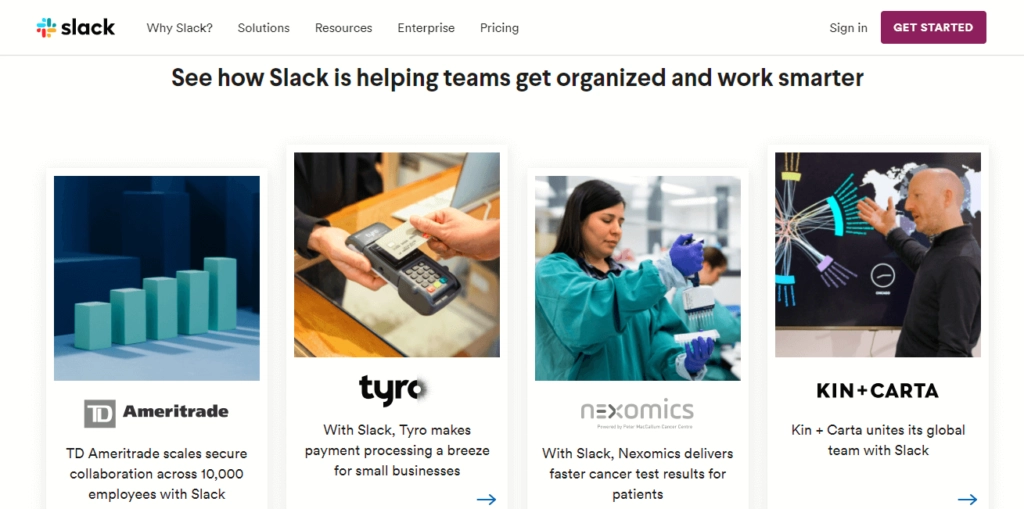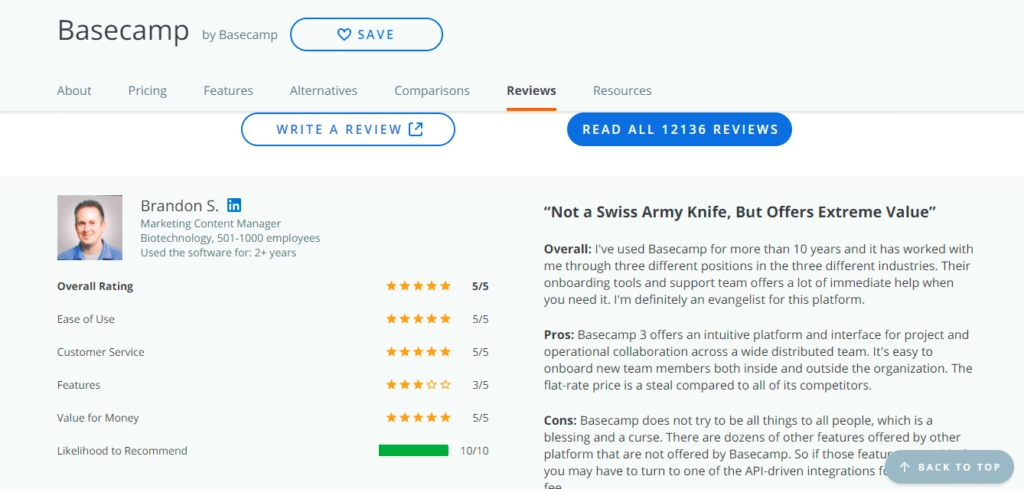
Introduction
To succeed in business, every B2B company needs a good understanding of its customers.
But this is not enough. B2B companies should also be aware of the customers that their competitors are targeting.
Knowing your competitor’s target audience enables you to expand your customer base and consequently, your sales revenue.
One way of gaining this knowledge is adopting install base marketing – a form of marketing that leverages install-based data to determine how many product or service units are being used by customers at any given time.
In its design, install base marketing looks beyond deal closure – it focuses on the customer journey and how customers who are already using a company’s service or product are engaging with the company.
As such, install base marketing requires B2B companies to study databases of customers who use their product or service offerings. Specifically, companies should analyze install base data on complementary offerings, partners and competitors and use it to:
- Create opportunities for up-selling and cross-selling their offerings
- Convert prospects into customers
- Gather new insights on buyer preferences and profiles
Why Should B2B Companies Care About Install Base Data?
For B2B companies, install base data is extremely valuable for various reasons – it:
- Provides intelligence on what current customers think about products or services that are offered to them.
- Shows them what existing customers are likely to purchase next
- Enables current customers to get maximum value from the products or services that companies offer.
- Helps B2B companies to build customer loyalty and provides additional revenue through cross-selling, up-selling and referrals
Even with these benefits, B2B companies can do more with install base marketing by leveraging install base data to understand their competitors better.
In this article, we take an in-depth look at how B2B companies can use install marketing to know who their competitors are targeting.
Analyzing Competitor Targets with Install Base Data
Conventionally, B2B companies use install base marketing to up-sell and cross-sell existing customers. To do this, sales reps often have lists of customers that they wish to tap for product upgrades, increased SLAs, adoption of new features and much more.
Where a business is pursuing this avenue to get the right customers and offer customers more value, the result is more revenue for a lower acquisition cost. But, there is something else that the business leaves out – reaching other customer bases that aren’t necessarily buying from it.
Often, this is because the business does not have the data to enable it to do so. To succeed in this, B2B sales reps and marketers need to gather install base data of their competitor’s customer bases and use them to build account profiles that they can use to pursue new customers.
But, how can B2B companies know who their competitors are targeting? The tricky thing about finding out who competitors are targeting is that your company does not have an inside view of its competitors.
However, there are various online tools that B2B companies can use to gather useful install base data about their competitor targets. Here are some of them:
1. Check Competitor Websites
When analyzing your competitors, visiting their websites can provide you with valuable information about their target audience. Most companies highlight their customers on their sites as a way of showing credibility and building customer trust. These highlights can be in the form of testimonials, reviews, customer stories and case studies – see how Slack does this in the image below.

Source: Slack
By reviewing customer highlights on your competitor’s website provides you with a wide range of information about their target audience. This includes:
- Companies that are already using products or services offered by the competitor
- The type of product or service different customers are using
- The problems that those products or services are solving for the customers
- What customers like about the products or services that your competitor is offering
- In case of software, integrations that competitor offerings work with
- The business that the target audience is in
- Name and title of a contact in the competitor target
2. Check Competitor Social Media Pages
Social media has become an important customer engagement platform for brands. As such, reading your competitor’s social media pages can provide useful insights about their target audience. Before you start following interactions that your competitors are having with their target audience, you need to identify which social media platforms they are most active on.
As a general rule, businesses will be active on social media platforms where their target audience is present. Statistics show that social media usage varies depending on demographics such as age as reflected in the image below.
Once you are clear about the social media platform where your competitors are active on, here’s what you should pay attention to:
A. Look at the Followers Your Competitors Have
Take a look at the followers that your competitors have. Some social media platforms like Instagram, Twitter and Facebook allow you to view a list of who is following each account. By looking at your competitor’s followers, you get a general idea about their targets including who is interested in their products, their location and what they do.
B. Read Visitor Posts and Customer Reviews
Social media platforms such as Facebook allow businesses to get reviews from their customers. These could be in the form of testimonials and star ratings. Reading those reviews can give you information such as what customers like, what they dislike, and gaps that competitor products or services do not address.
In addition to reviews, take a look at the posts that visitors leave on your competitor’s social media pages. By looking at those posts, you can tell who your competitors are targeting.
C. Look at Social Mentions
Brand mentions are a great way of knowing who your competitors are targeting. As such, searching public posts like tweets will help you create their customer lists with ease. For instance, if your competitor uses Tweeter, you can use the Advanced search tool to find out which brands have mentioned your competitor over a specified period of time or from a specific location.
For best results, use the Social Mention tool to gather results from different social media platforms including Q&A sites such as Reddit and Quora. By looking at brand mentions, you’ll be able to gather important information about your competitor’s target audience including who they are, what they do, the kind of problems they have, key decision makers in the company and the products or services they use.
3. Look at Industry Review Sites
Besides reading social media reviews, B2B companies can find useful information about their competitor’s target audience by visiting review sites. For instance, a review site such as Yelp can provide important clues on customer’s feelings about the products or services offered by competitors.
If you are in the tech space, a site like Capterra can provide you with a wide range of information about your competitor’s target audience. By looking opening the review page of your competitor, you’ll find detailed information about their targets including:
- Name and title of a contact person of your competitor’s target
- Size of the target audience e.g. number of employees
- How long the target has been using competitor’s product or service offerings
- How they rate the product or service that the competitor offers
- What they like and dislike about the product
- How likely they are to recommend the product to others
- Alternative products or services that they have considered before
- Why the target picked the competitor’s product or service

Source: Capterra
4. Visit Online Marketplaces
B2B companies that sell services can visit online marketplaces to see who their competitors are targeting. For instance, if your company offers illustration services, visiting marketplaces such as Evanto Studio enables you to see testimonials and reviews that your competitor’s customers leave. This makes it easy to tell who those targets are, which products or services they purchase and what they think about those offerings in terms of effectiveness or gaps.
Online stores like Etsy and Amazon also have reviews and public ratings. If your competitors have shops on such platforms, consider browsing them and learn more about their targets. The ratings and reviews will give you details about their customers and what they feel about their products.
5. Analyze Social Media Ads
After researching your competitors on social media, there is a high chance you’ll start seeing their ads on your newsfeeds if they use sponsored ads. If this happens, you can gather demographic data about their target prospects. For instance, on Facebook, their ads will carry labels like ‘sponsored post’ or just ‘sponsored’.
To see the exact demographics of the audience that your competitor is targeting, click on the down arrow placed on the right side of the ad, then on the ‘why am I seeing this?’ tag. Information about their target will be displayed including the interests and location of the target.
Our blog
Latest blog posts
Tool and strategies modern teams need to help their companies grow.

Running a business comes with its own set of challenges, especially when it comes to ...

AI is surely a futuristic concept but it evolves today, particularly in sales and mar...

A successful webinar requires more than just a great speaker and a compelling topic. ...







